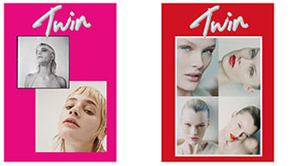Northern Soul, The Smiths, Joy Division, acid house…Manchester’s cultural (and subcultural) legacy is legendary. Today tells a somewhat different story. The Hacienda’s been bulldozed and turned into flats, and the proudly-Labour city has felt the fog of Tory austerity descend. As the hangover of Manchester’s past lingers, London-based photographer Tom Sloan believes that it’s youth culture is deep rooted and immovable.
In his second online story for Twin, Sloan meets and photographs Dakota Ditcheva—a 17-year old World Champion Thai Boxer from Sale, Manchester. In line with the rest of his work Sloan hopes to shed light on the importance of youth:
“One of the great things about boxing is how it works – perhaps more so than other sports does – as a platform (quite literally) for these kids to perform, and that’s what I try to do, to give British youth an opportunity to showcase what they do best at a stage in life when they are often wrestling with burgeoning notions of selfhood.”
What are the ideas or questions that ignited this project?
So much of my work examines those few years that sit between late adolescence and adulthood. For most, this is a time when the novelty of independence first comes in to play. It’s a universal feeling, but the way young people choose to use it is not. I had a pretty eventful teenage period in Southhampton, hung out with the type of kids I photograph, took drugs, went to parties – the usual stuff. But for Dakota these years were spent in the gyms and boxing rings of Manchester. At 17 she’s at the cusp of ‘adulthood’ and the forefront of women’s boxing – which was included in the Olympic Games for the first time in 2012. In line with the rest of my photography I wanted to show Dakota at home in Manchester, doing what she does best – boxing.
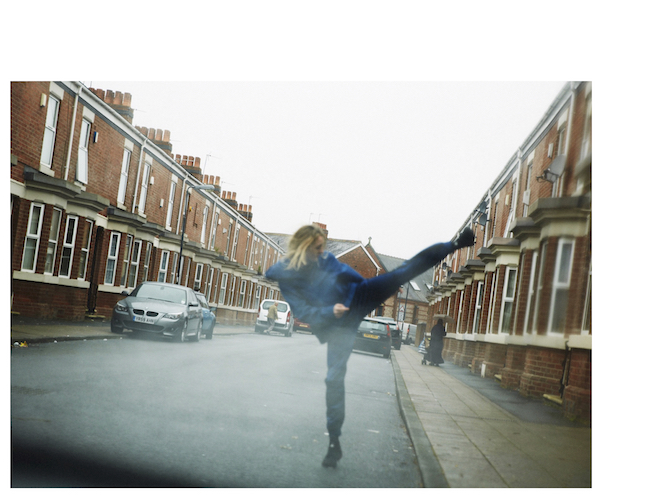
Much of your work depicts youth, and young people—is there a reason for that?
When you are younger you haven’t picked up as much baggage—as tired and overused as that phrase is. You are easily excited, open to opportunity and less conscious. In a round-about way, this brings about two things, first a more honest connection and second a sense of confidence which I look for in youth. That confidence might manifest itself in one kid as he skins up a fat joint on the local rec, or like Dakota through an activity or sport. I ask questions in an attempt to connect with the young people I photograph: what do they like? What don’t like like? Who are they listening to? It’s easy with Dakota she has an clear interest – and I was interested in that.
You shot this story in Manchester. Was it important to give the city a sense of place?
Absolutely. I shot Dakota in her house and around her estate in Sale, often against the backdrop of those brown-brick terrace houses that are so synonymous with the North West. I wanted to evoke a strong sense of identity and give insight into where Dakota and her family are from.

Boxing is a recurring theme in your work. What is it about boxing that inspires you?
The energy, that sense and feel of the unexpected – that’s why I’m drawn to it. I don’t box – I like it – but I don’t box, it’s an observational relationship but immersive in so far as pulling out Dakota’s clear interest in it. But, it’s not just boxing. I have shot motocross riders, gravel pit shooters, activities or interests that toy with a sense of danger. As much as I am on the look out for new faces, I’m as much on the look-out for new activities – different ways to showcase the diversity that is so relatable to British youth culture.
What is it that you’re trying to do with your work?
My future work – I guess – will be an extension of what I am doing now. I try to make sure there is a level of linearity running throughout my work, each project tells a different story but the aesthetic joins them. I shoot ‘real’ people, people not models. I like to work with people who haven’t been shot and that is a practice I want to continue.

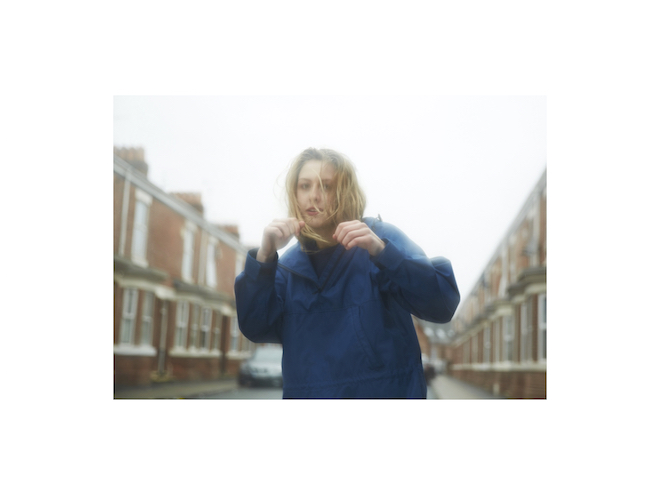


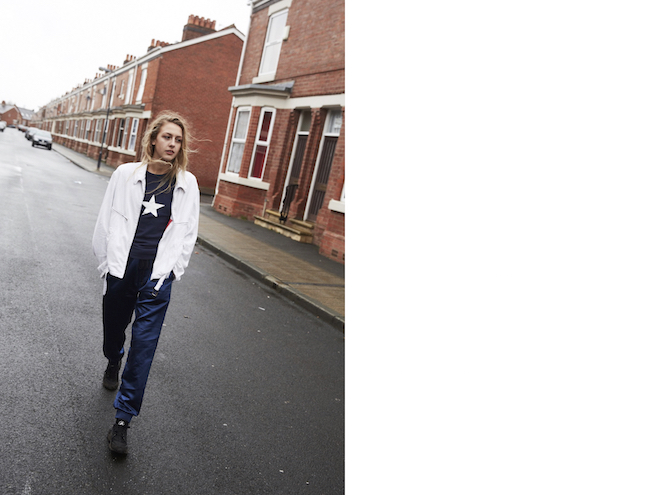



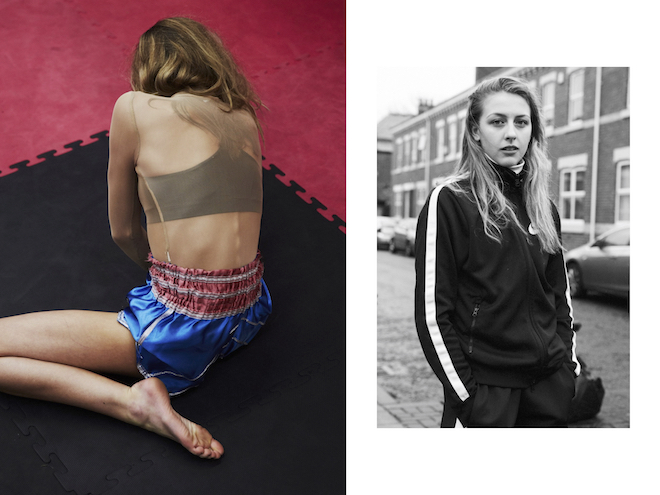

 Twitter
Twitter
 Tumblr
Tumblr
 YouTube
YouTube
 Facebook
Facebook
 Instagram
Instagram
